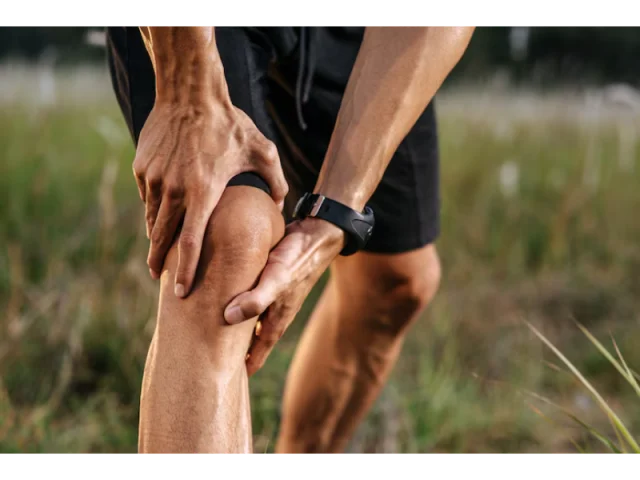Neck Back Lower Back Pain is one of the common health problems caused by modern lifestyles. Long-term desk work, inactivity, incorrect posture habits and non-ergonomic working conditions are the main causes of these pains. Neck pain is usually caused by muscle tension or hernia. Back pain may be related to disc problems in the spine, muscle strains or posture disorders. Low back pain is one of the most common types of pain and is often caused by herniated discs, muscle spasms, slipped discs or spinal degeneration. Treatment methods vary depending on the source and severity of the pain. Common treatment options include physical therapy, exercise programs, medication and surgical interventions. In the long term, correct posture and regular exercise play a critical role in preventing these pains.
Orthopedics and Traumatology Specialist Dr. Özgür Oktay Nar has extensive experience in the management of neck, back and lower back pain. Dr. Nar emphasizes the importance of diagnosing and treating these pains correctly and applies individualized treatment approaches to improve the quality of life of his patients. Using modern surgical techniques and minimally invasive methods, especially in spine-related problems, he enables his patients to return to their daily lives quickly. In addition to spinal problems such as cervical herniated disc, lumbar disc herniation and back pain, Dr. Nar, who has successfully treated other traumas related to the musculoskeletal system and chronic pain, emphasizes the importance of regular follow-up and rehabilitation for patients to lead a pain-free life in the long term.
Contents
- Neck-Back-Waist Pain Types
- What is Neck Hernia?
- What is Lumbar Hernia?
- What is Muscle Spasm?
- What is Mechanical Pain?
- What is Fibromyalgia?
- Effective Treatment of Neck, Back and Waist Pain with Dr. Özgür Oktay Nar
- Frequently Asked Questions
- Conclusion
Neck-Back-Waist Pain Types
Neck, back and lower back pain can be caused by various causes and manifest itself in different types. A cervical herniated disc is caused by the discs between the vertebrae slipping out and pressing on the nerve roots. This can lead to severe pain in the neck, numbness and loss of strength in the shoulders and arms. A herniated disc, on the other hand, causes pain, numbness and weakness in the lower back, buttocks and legs as a result of slipped discs in the lumbar vertebrae. Muscle spasm is the sudden and involuntary contraction of muscles as a result of overstrain or strain. Spasms, especially in the back and lower back muscles, are often triggered by incorrect posture, sudden movements or overuse of the muscles. The pain is usually sharp and restricts movement.
Mechanical pain is caused by overstrain of the muscles, ligaments, joints or discs around the spine. It is often associated with a specific movement or position and often occurs in situations such as incorrect posture, prolonged inactivity or heavy lifting. Fibromyalgia is a disease characterized by chronic musculoskeletal pain. It is characterized by widespread pain throughout the body, fatigue, sleep disturbances and pain in tender points. Fibromyalgia patients who experience constant and widespread pain in the neck, back and lower back also experience symptoms such as mental fatigue and memory problems. Fibromyalgia is considered a complex pain syndrome with a combination of physical and psychological factors. Each type of pain has different causes and the treatment approach varies accordingly.
What is Neck Hernia?
A cervical herniated disc is a condition that occurs when the discs in the cervical region of the spine are damaged or displaced. These discs, located between the vertebrae, provide flexibility to the spine and absorb impacts during movement. However, over time, due to wear, trauma, heavy lifting or sudden movements, the outer layer of the disc can weaken and the gel-like substance inside can leak out and put pressure on the nerve roots. This pressure causes pain in the neck, numbness, tingling and loss of strength in the arms and shoulders. If not treated at an early stage, cervical herniated discs can lead to restricted mobility and chronic pain. Treatment is usually carried out with physical therapy, medication or, in advanced cases, surgical intervention.
What is Lumbar Hernia?
Lumbar disc herniation is a condition that occurs when the discs in the lumbar region of the spine are damaged and displaced over time due to wear and tear or sudden strain. These discs between the vertebrae give flexibility to the spine. They also facilitate movement and provide protection against impacts. However, when the outer wall of the disc weakens, the gel-like structure inside can protrude. This can put pressure on the nerve roots. This pressure can cause severe pain in the lower back. It may also lead to numbness and tingling in the legs, loss of strength, and even restriction of movement. Treatment options include physical therapy, exercise programs, medication and, in severe cases, surgery.
What is Muscle Spasm?
A muscle spasm is a sudden and involuntary contraction of a muscle. It is usually caused by overuse, strain or insufficient stretching of the muscle. During a muscle spasm, the muscles stiffen and an intense pain sensation occurs. This condition is common in the lower back, back and leg muscles. Sudden movements during sports activities can trigger muscle spasms. Staying in the same position for a long time, dehydration, or electrolyte imbalances can also be contributing factors. Spasms may last for a few seconds, or they may last longer and limit mobility. Rest, muscle relaxants, hot and cold applications and stretching exercises are recommended as treatment. Although muscle spasms are usually of short duration, they can be uncomfortable. If they become recurrent, further evaluation may be needed. It may be necessary to investigate whether there is another underlying problem.

What is Mechanical Pain?
Mechanical pain is caused by the spine and surrounding muscles, ligaments, joints or discs. It occurs as a result of physical strain. Incorrect posture, prolonged inactivity or lifting heavy loads can be the cause.
Sudden movements can also cause excessive pressure on the spine. These strains cause excessive pressure and strain on the spine. Mechanical pain is associated with certain positions during the natural movement of the spine. The pain usually subsides with rest. It is common in the lumbar, back and neck regions. It can be caused by muscle tension, ligament strains or disc degeneration. Treatment usually consists of physical therapy, exercise and ergonomic adjustments. If the pain persists, further treatment may be necessary.

What is Fibromyalgia?
Fibromyalgia is characterized by widespread musculoskeletal pain throughout the body. It is also accompanied by fatigue and sleep disturbances. Tender spots are also characteristic of this disease. This condition is defined as a chronic pain syndrome. This disease is characterized by constant and widespread pain. The pain is especially felt in the neck, back, lower back, and joint areas. The cause of fibromyalgia is not known exactly. Genetic factors play a role in the development of the disease. Stress, traumas and infections are triggering factors. In addition to pain, patients have difficulty concentrating. This condition is called “fibro-fog”. Patients also experience morning stiffness. Headaches are a common symptom. Mood disorders are also common.
Fibromyalgia is mostly seen in women. It can severely affect the quality of life of patients. Treatment aims to manage pain, improve sleep patterns and reduce stress. Medication, exercise, stress management techniques and psychological support play an important role in this process.
Effective Treatment of Neck, Back and Waist Pain with Dr. Özgür Oktay Nar
Orthopedics and Traumatology Specialist is a specialist in neck, back and lower back pain. He treats spinal disorders such as cervical hernia and lumbar disc herniation. It removes disc problems that compress the nerve roots with modern surgical methods. It performs surgery using minimally invasive methods. These interventions allow patients to recover quickly. They also help relieve the pain caused by nerve compression. Patients with loss of strength can return to their daily lives. Dr. Nar treats acute muscle problems such as muscle spasms. He applies muscle relaxant therapies and physical therapy. He ensures that the muscles return to their normal function with rehabilitation programs. Provides treatment for mechanical pain and posture disorders. Relieves the strain on the muscles around the spine. Dr. Nar’s personalized treatment approaches are effective.
Programs that include ergonomic adjustments are highly effective. Regular exercises also contribute to the successful long-term management of mechanical pain.
Dr. Nar adopts a multidisciplinary treatment approach for chronic pain syndromes such as fibromyalgia.
He offers individualized treatment plans to alleviate pain and improve quality of life.
A wide range of treatment options are available, including medication, psychological support and lifestyle modifications.
These options provide patients with long-term solutions.
Dr. Nar’s experience and patient-focused approach ensures high success rates.
Frequently Asked Questions
A cervical herniated disc is a condition that occurs when the discs between the vertebrae press on the nerve roots. The pain can radiate to the arms and shoulders. Initially, medication, physical therapy and exercise are recommended in the treatment process. In advanced cases, surgical intervention may be required.
A herniated disc is characterized by severe pain in the lower back. Other symptoms include numbness and tingling in the legs. The pain usually radiates to the legs and may cause limitation of movement. With early diagnosis, it can be treated with physical therapy and exercise programs. Surgery may be required in advanced cases.
Muscle spasm is a sudden and involuntary contraction of muscles. It usually occurs as a result of overuse, stretching or insufficient warm-up of the muscle. Rest, hot-cold applications, muscle relaxants and stretching exercises are recommended as treatment.
Mechanical pain is caused by strain on the spine and surrounding muscles. Incorrect posture, prolonged immobilization or heavy lifting trigger these pains. Ergonomic adjustments, exercise and correct posture habits are important in the treatment process.
Fibromyalgia is a chronic pain syndrome characterized by widespread musculoskeletal pain, fatigue and sleep disturbances. Treatment includes pain management, exercise, medication and stress reduction techniques. A multidisciplinary approach can provide successful results in the long term.
Conclusion
Neck, back and lower back pain is becoming more common with the stress and inactivity of modern life. With the right diagnosis, these pains can be managed effectively. Proper treatment methods also help improve quality of life. An Orthopedics and Traumatology Specialist offers fast and permanent solutions to his patients. These are provided through personalized treatment plans and advanced technological methods. It is possible to prevent pain with regular exercise, ergonomic adjustments and healthy living habits. It is of great importance to get expert support to cope with your pain and step into a healthy life.



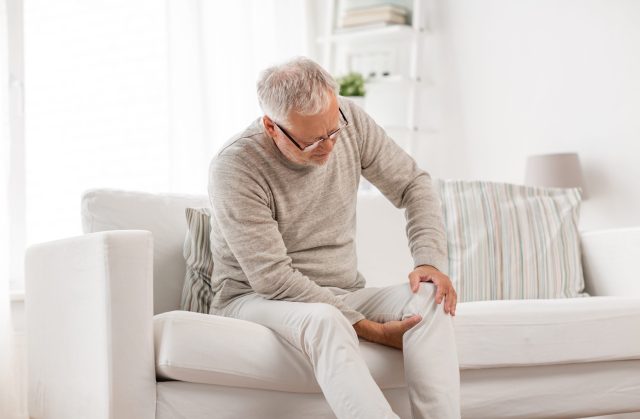







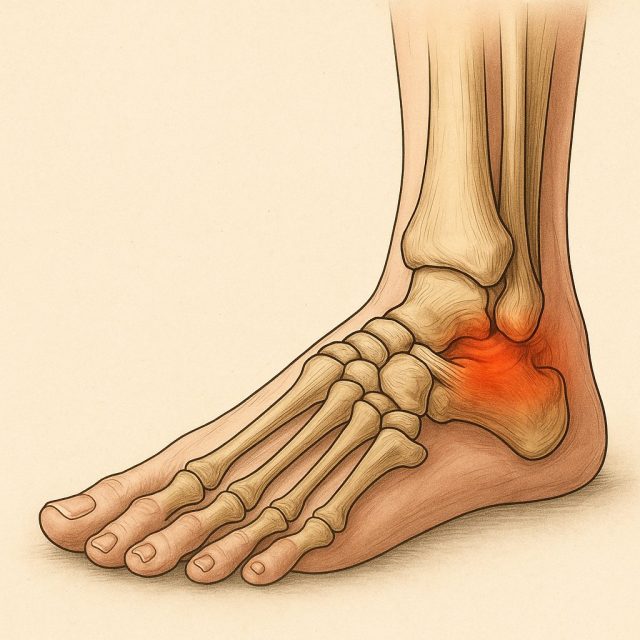

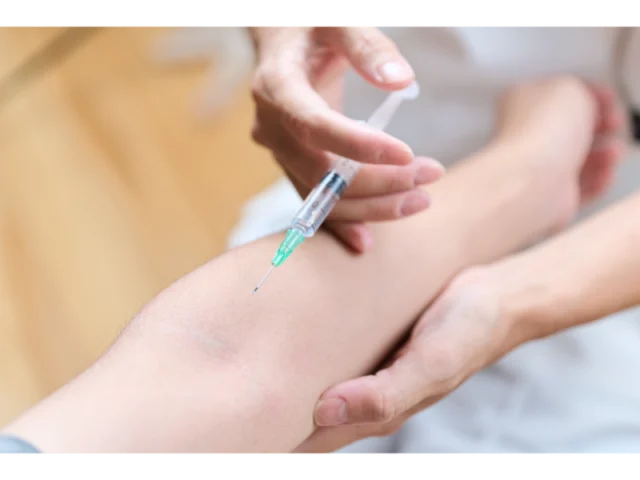
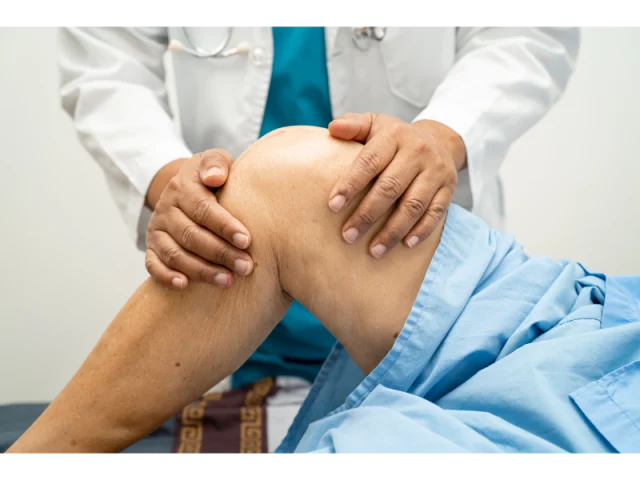
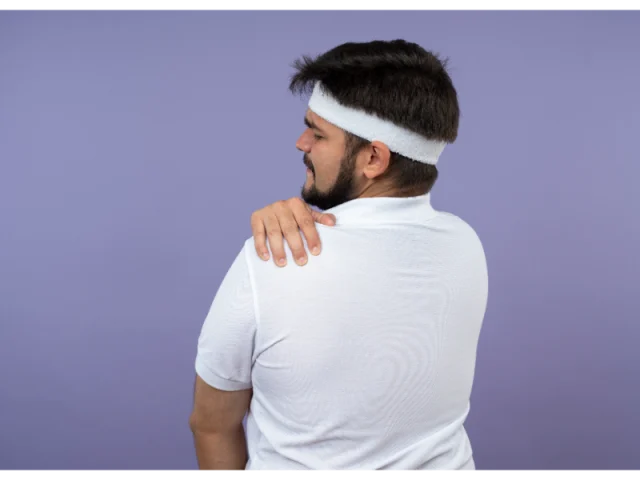

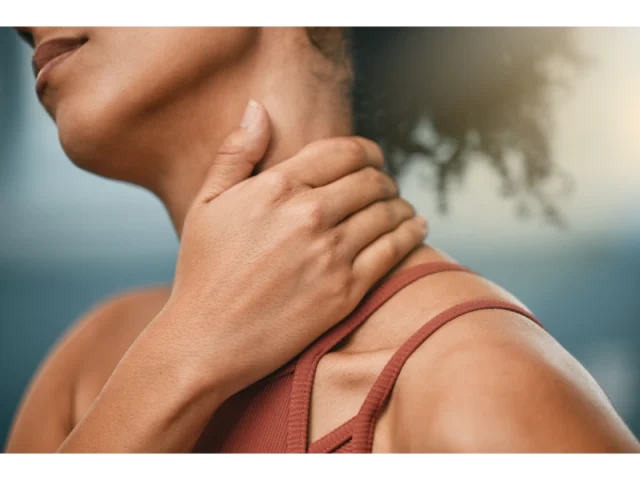





 Youtube Videos
Youtube Videos


